Ivan Mrvos (Include) – From €1,35 to €1,2 million in 5 years
Ivan Mrvos is Chairman of the Board & CEO at Include. Include is a hardware startup that develops and manufactures smart street furniture.
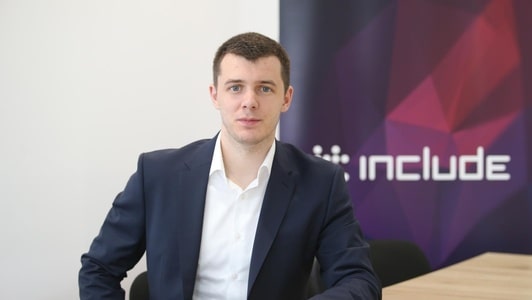
Ivan Mrvos CEO Include/ poslovni.hr
Based in Solin, Croatia, in a 2000 m² facility with 35 highly educated employees, Include is recognized as a serious development IoT platform, growing rapidly in terms of company size, sales volume and global reach.
Learn more about Include: Upgrading Our Cities With Smart Furniture
The company has expanded on 43 markets around the world including Italy, France, Greece, Germany, Austria, Hungary, Denmark, Sweden, the UK, the UAE.
With a global footprint of more than 1060 benches sold, Ivan Mrvos and his team are involved in major ‘Smart city’ projects and have made their presence known in 260 cities and municipalities across 6 continents.
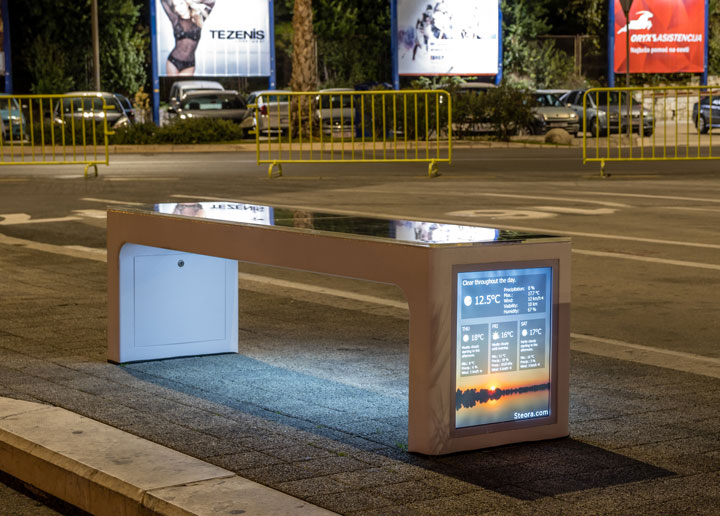
Steora bench / include.eu
Include has recently launched its second investment round looking to collect capital through the Funderbeam platform setting the minimum goal at €1,2 million.
In just 24 hours, the investment campaign reached €1 million! Seven days later and with the support of 395 investors in 25 countries, Include raised €1,46 million.
Having received such amazing interest, the team raised its goal to €2 million. The investment campaign hasn’t closed yet so if you want to become part of Include’s story (you can invest as little as €100), hurry up!
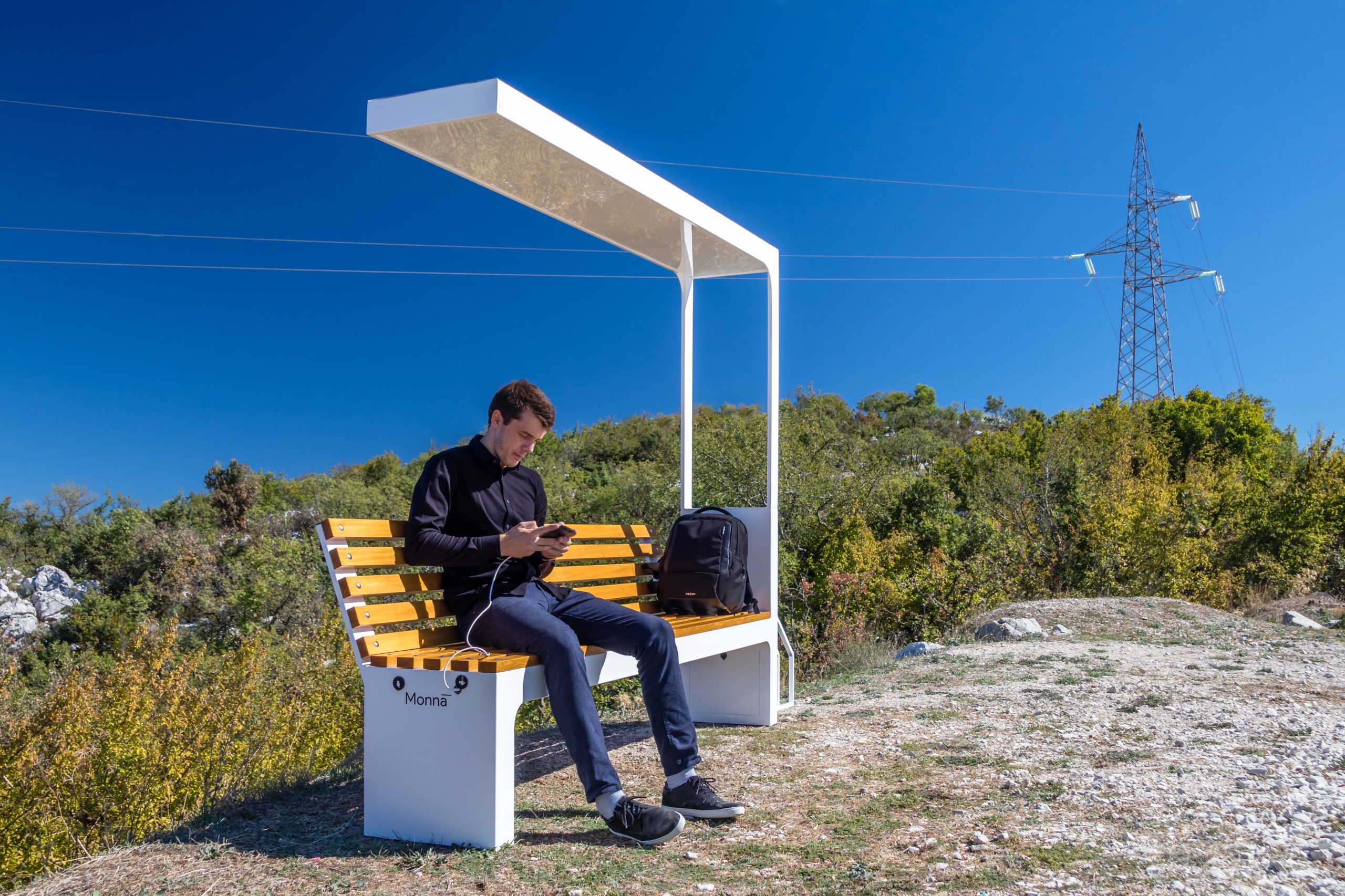
The Monna cycle point / include.eu
I reached out to Ivan to learn more about Include and his entrepreneurial journey.
Here is Ivan’s story:
1. You started Include in 2014 with only 10 kunas (€1,35) you had in your pocket at the time. Now your startup is worth €15 million, according to an evaluation by one of the ”Big Four” accounting firms. Looking back, did you experience an A-ha moment or did you always know you were going to build smart street furniture?
At the very beginning, we didn’t even start a company for producing smart benches. Our initial idea in 2014 was to create web pages and android applications. After a few months, I hadn’t sold anything so I decided to start producing hardware, as the hardware was something I really liked, and I didn’t have anything to lose.
At the end of 2014, my first project was LED chairs. They were equipped with RGB ambient light and one USB charger for smartphones. My plan was to try to sell this product to coffee shops in Split and nearby cities. We have this well-known story here in Croatia how my grandma actually gave me the money to buy material for the production of the first few LED chairs.
After that I created flyers and every night for a few months I was trying to convince owners of coffee shops to buy my products. Two months later I had sold 0 chairs and actually accepted that the idea was maybe not so good.
I was then thinking “ok, what could I change with this idea so I could start selling something?”. I came to the conclusion that if I were to install solar panels and add a few more USB chargers, I could have a solar bench for parks. So that’s how the idea for the smart bench was born.
In 2015 everything was sold and manufactured from my room. In 2016 I took a loan in the bank and started hiring my first employees. We started expanding outside of Croatia.
In 2017 the company had a first investment round, we hired a total of 30 people, expanded on new markets and moved to new offices.
Today, the company is present on 43 global markets, with more than 1.000 products installed in 260 global cities.
We have 11 products in two basic product lines called Steora smart bench and Monna cycle point.
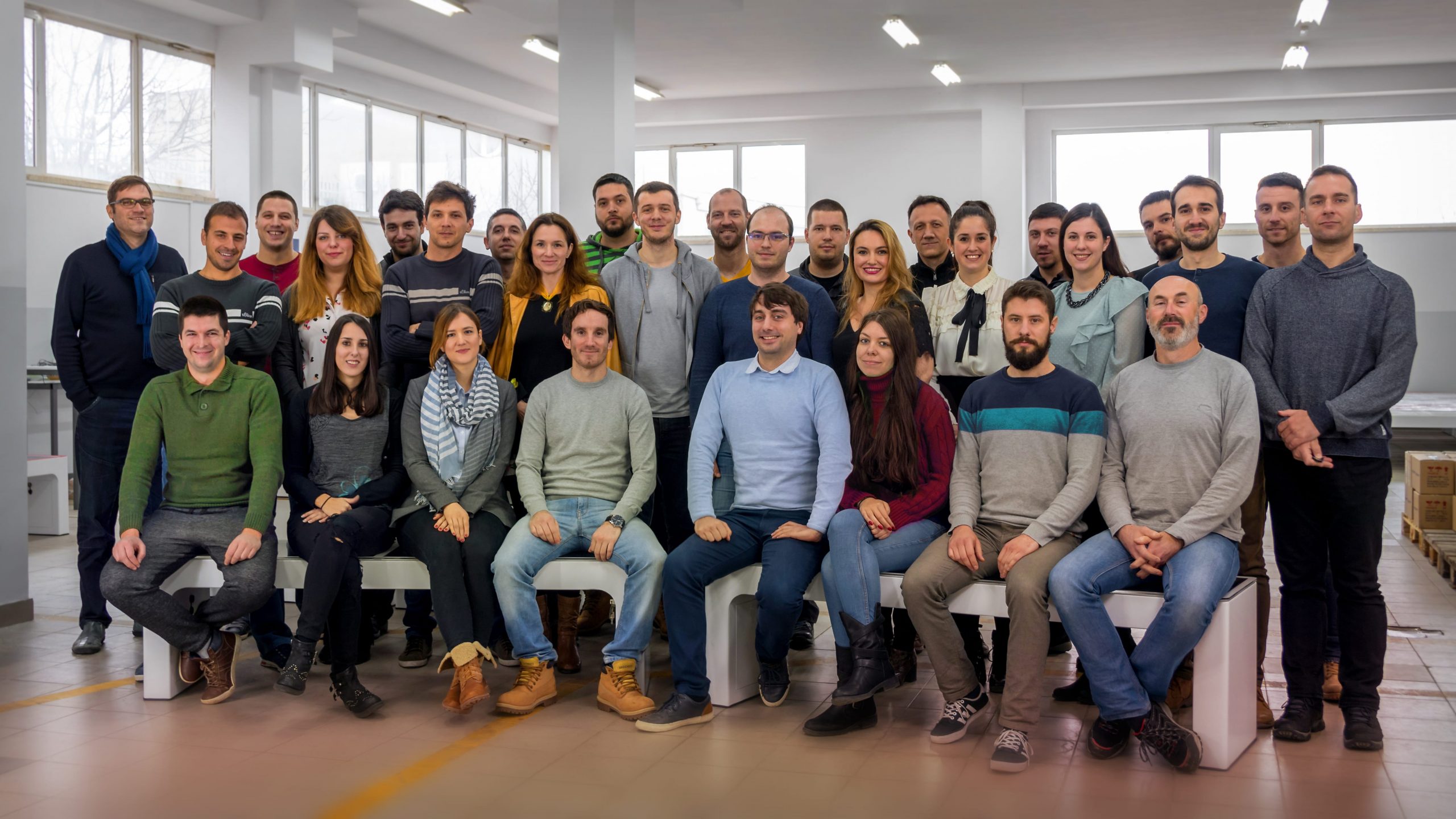
Ivan Mrvos and his team / Include
2. With the 5G technology already upon us, it looks like we are going to be surrounded by tech-enhanced and tech-upgraded electrical devices soon enough. You wouldn’t necessarily think of street furniture as a tech device and yet your company turns it into one. What challenges did you encounter?
I think that 5G at this moment is questionable. From different sides you can hear completely different information: “it is slower than 4G”, “it will change the future”, … so at this moment, I can’t say what exactly 5G will bring us.
We had a lot of challenges in the last four years with the development of our products. The biggest one was that our product is in public spaces and for public usage. This means that it needs to withstand cold weather with snow in Sweden, as well as dry conditions in the UAE, while a lot of different people are using it.
Development of technology, real-time communication between benches and our servers is something that we have constantly been developing for the last few years and today we have a technological core for all future products.
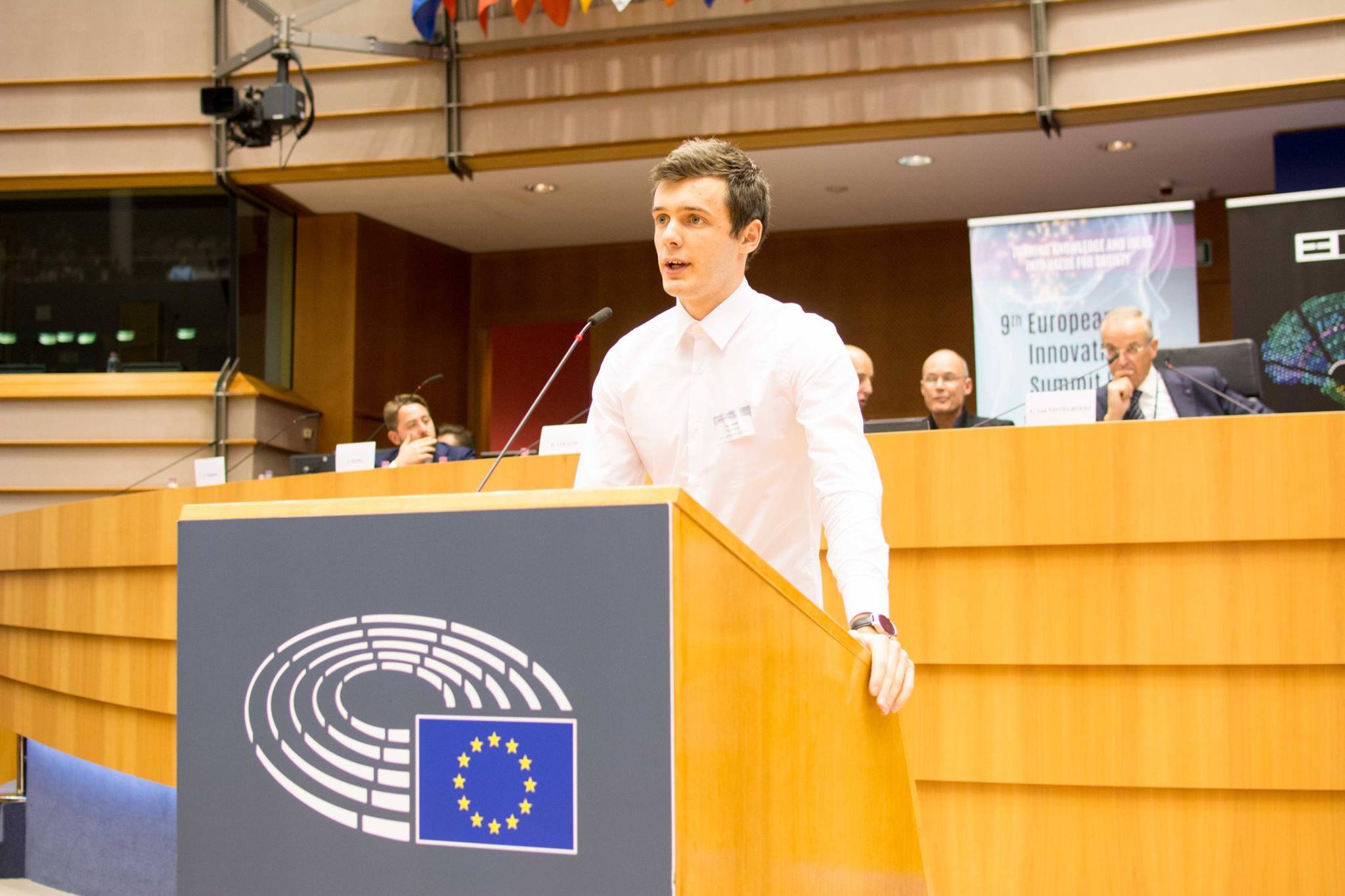
Ivan Mrvos speaking at the 2017 European Innovation Summit / facebook.com
3. Share with us your vision of the future.
If I think about our company’s vision of the future – what we want to do is that from the moment you leave your home and walk on the street, you have interaction with street equipment designed and produced by our company.
When we talk about future from a global view, we can already see that in the coming years, electric cars will replace petrol cars, more autonomous cars, growth of online shopping and decrease of in-store shopping, … many things will change dramatically.
If you enjoyed this article, check out other stories that successful entrepreneurs have shared with us!
Join the Conversation
We’d love to hear what you have to say.
Get in touch with us on Facebook Group and Twitter.